Growth of E-commerce Platforms
The growth of e-commerce platforms in the GCC region is transforming the distribution landscape for the hyaluronic acid market. With more consumers turning to online shopping for skincare products, brands are increasingly leveraging digital channels to reach their target audiences. This shift is particularly relevant for hyaluronic acid products, which often require consumer education regarding their benefits. E-commerce sales of skincare products are expected to grow by over 15% annually, providing a substantial opportunity for brands to expand their market presence. As online platforms facilitate easier access to a variety of hyaluronic acid products, this trend is likely to bolster overall market growth.
Expansion of Cosmetic Procedures
The expansion of cosmetic procedures in the GCC region significantly influences the hyaluronic acid market. With an increasing number of clinics offering aesthetic treatments, the demand for injectable hyaluronic acid fillers is on the rise. These fillers are favored for their effectiveness in reducing wrinkles and enhancing facial volume. According to recent statistics, the aesthetic procedure market is expected to reach $1 billion by 2026, with hyaluronic acid fillers accounting for a substantial share. This growth is driven by a cultural shift towards cosmetic enhancements, where individuals seek non-invasive solutions to achieve youthful appearances. Consequently, the hyaluronic acid market is poised for robust growth as more consumers opt for these treatments.
Increasing Awareness of Skin Health
The rising awareness of skin health among consumers in the GCC region is a pivotal driver for the hyaluronic acid market. As individuals become more informed about the benefits of skincare ingredients, the demand for products containing hyaluronic acid is likely to surge. This compound is renowned for its ability to retain moisture, making it a sought-after ingredient in moisturizers and serums. Market data indicates that the skincare segment, particularly products featuring hyaluronic acid, is projected to grow at a CAGR of approximately 8% over the next five years. This trend reflects a broader shift towards preventive skincare, where consumers prioritize hydration and skin elasticity, thereby propelling the hyaluronic acid market forward.
Rising Interest in Anti-Aging Products
The growing interest in anti-aging products among consumers in the GCC region serves as a significant driver for the hyaluronic acid market. As the population ages, there is an increasing demand for products that combat signs of aging, such as fine lines and loss of skin elasticity. Hyaluronic acid is recognized for its ability to hydrate and plump the skin, making it a key ingredient in anti-aging formulations. Market analysis suggests that the anti-aging skincare segment is projected to grow at a CAGR of around 7% in the coming years. This trend indicates a shift in consumer preferences towards products that offer both immediate and long-term benefits, thereby enhancing the appeal of the hyaluronic acid market.
Innovative Formulations and Product Diversification
The hyaluronic acid market is experiencing a wave of innovative formulations and product diversification, driven by consumer demand for unique and effective skincare solutions. Brands are increasingly incorporating hyaluronic acid into a variety of products, including serums, masks, and even makeup. This diversification caters to a broader audience, appealing to different skin types and concerns. Recent Market Research Future indicate that hybrid products combining hyaluronic acid with other active ingredients are gaining traction, potentially enhancing their efficacy. As consumers seek multifunctional products that deliver multiple benefits, the hyaluronic acid market is likely to see continued growth, reflecting the dynamic nature of consumer preferences in the GCC region.


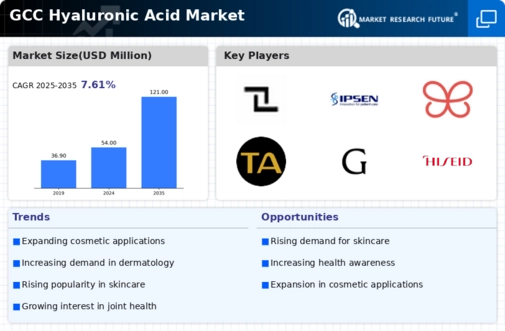
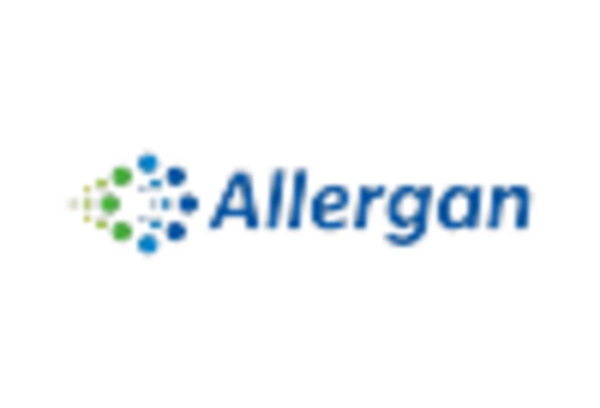
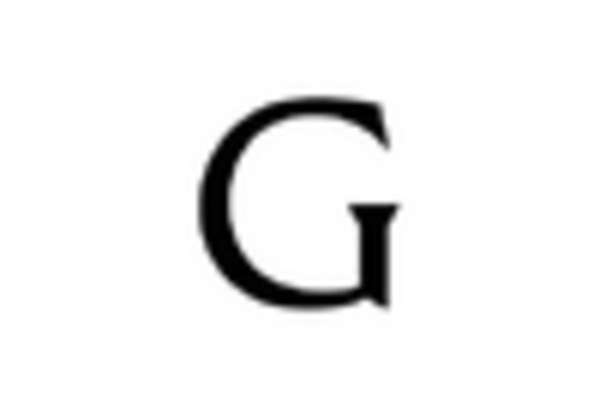
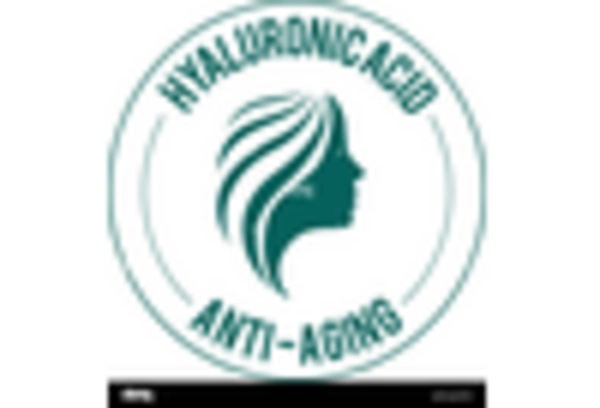

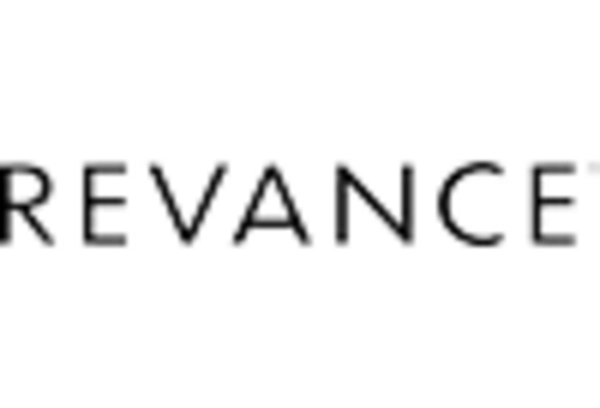









Leave a Comment